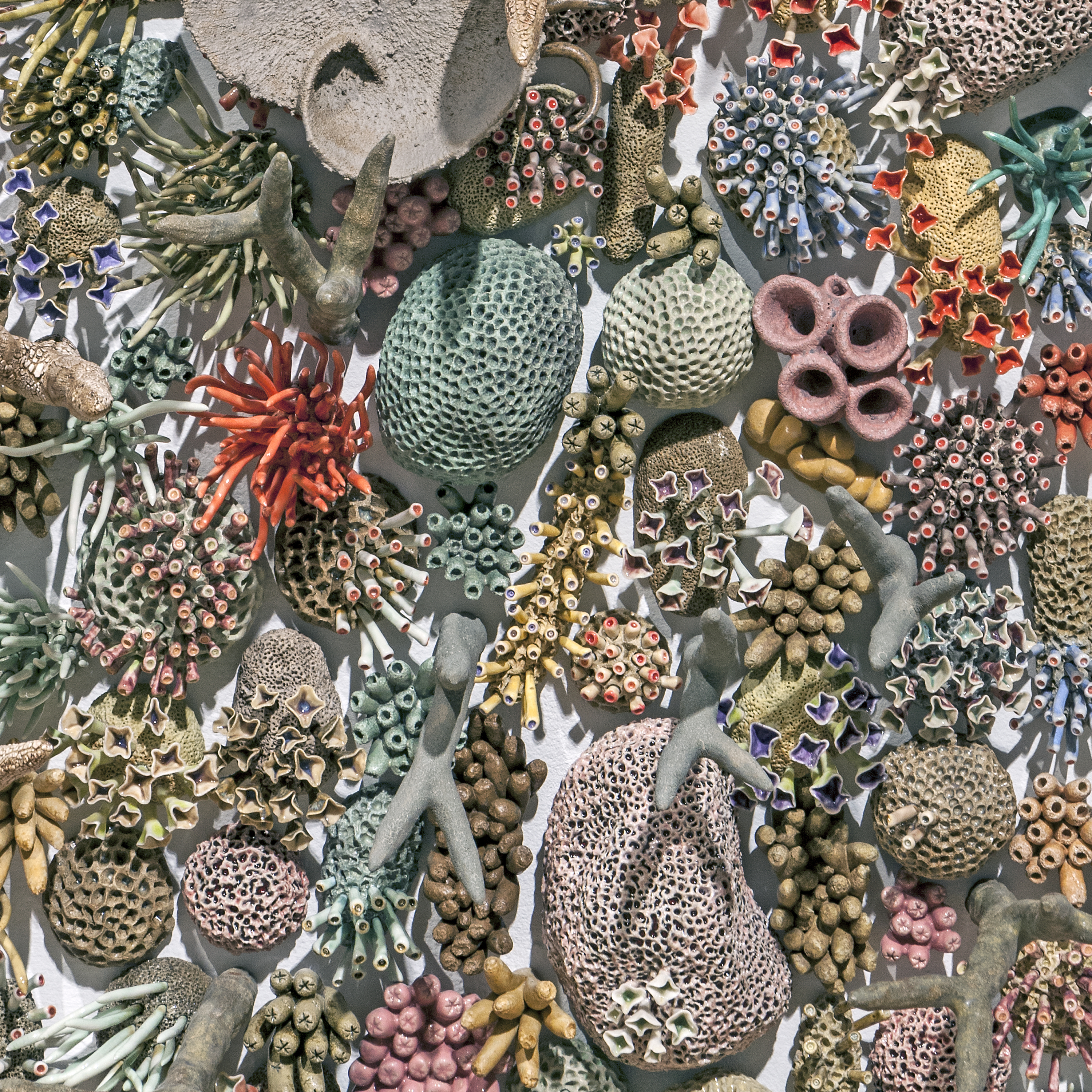It can take over 10,000 years for a coral reef to grow from tiny larvae into a massive, vibrant landscape. For scientist-turned-artist Courtney Mattison, building a coral reef doesn’t take that long, but it sure is a long process — many audiobooks long, in fact.
Mattison, a Denver-based artist who has been using ceramics to call attention to ocean issues for years now, recently unveiled an enormous installation: a larger-than-life tour through coral and its biggest enemies: rising sea levels, higher temperatures, and of course, humans. The exhibition, featuring eight-foot-tall ceramic reefs, is called “Sea Change,” and will be at the Virginia Museum of Contemporary Art through April 17, 2016. Mattison chatted with Grist about the painstaking work of creating a world of corals by hand, the massive threats facing these fragile ecosystems, and whether she thinks there’s any hope of saving them.
Q. This is an insane, enormous undertaking. What gave you the inspiration for this piece?
A. Sea-level rise is an issue that has come to the forefront of people’s minds lately. On the East Coast, the city of Virginia Beach [near the “Sea Change” exhibition] is threatened by sea-level rise — in fact, cities all over the Atlantic seaboard and America are threatened by sea-level rise!
Basically, I wanted to combine the ideas of climate change, sea-level rise, and species translocation — when tropical coral reef species start migrating away from tropical areas. It was this idea in my imagination of all these sea creatures migrating up the coast and invading human spaces. Like — if these otherworldly creatures were to invade the safe, dry spaces we think of as our own.
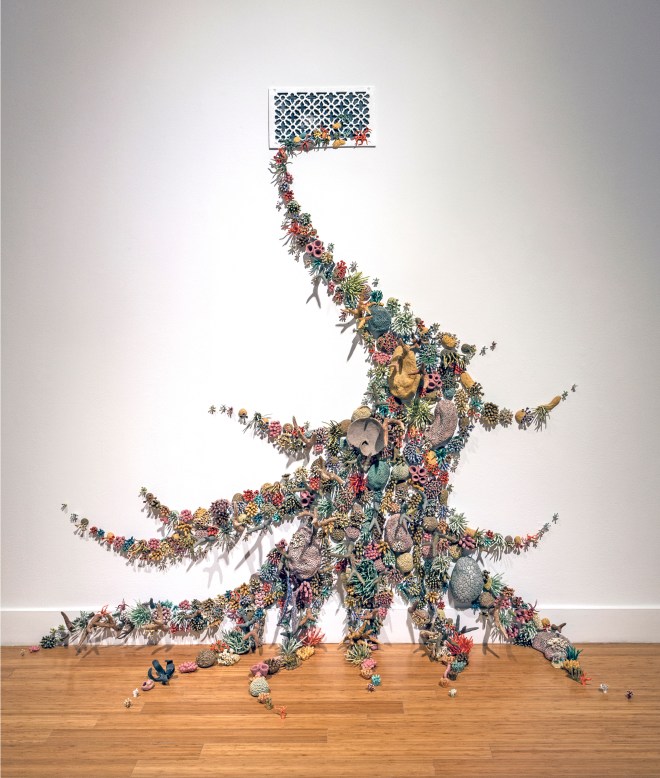
Glen McClure/Virginia MOCA
Q. Tell me a little about the process, and how you built these enormous sculptures from scratch.
A. Well I listen to a lot of podcasts; I burn through audiobooks really fast [laughs] … I hand-build everything — I don’t use molds. I built it all in my studio in Denver; I call it my “inland sea studio.” I build a lot of the delicate things, like the tentacles and cup corals, out of porcelain. For the bulkier pieces, I use stoneware sculpture, made of a clay body. The process is two different firings, using a glaze to form a skin over the ceramic structures. It feels like the chemistry of my work parallels the skeletons of reef-building corals. And a lot of them are equally fragile to real corals — I kind of do that on purpose, even though it scares curators. But it’s more realistic — when you dive on a real coral reef, everything is so fragile.
Q. You’ve used coral reefs as a setting for your other work in the past. In what ways does it differ from your previous work about coral?
A. A lot of my work explored the theme of climate change, but “Our Changing Seas” focused on coral bleaching, and how greenhouse gases and changing temperatures are causing coral to be stressed out. In the case of this new piece, “Aqueduct” [above] it’s more like, “power to the corals!” It’s the idea that corals can take over, and control our human spaces.
Q. How have your personal experiences with diving and observing coral shaped your art?
A. One of main intentions with the wall-mounted installation is to have people feel the way I feel when I’m diving. I want people to feel like they are hovering really slowly over a reef and losing perspective.
Q. Your work is all about the death of corals, and trying to save this thing that’s being destroyed so quickly. Do you still have hope for corals?
A. It depends; it changes day to day. There is so much bad news surrounding the future of coral reefs. It’s getting a lot of scientists down. But I do think there is hope. I am hopeful. COP21 [the recent climate summit in Paris] was a great step forward, and it makes me optimistic.
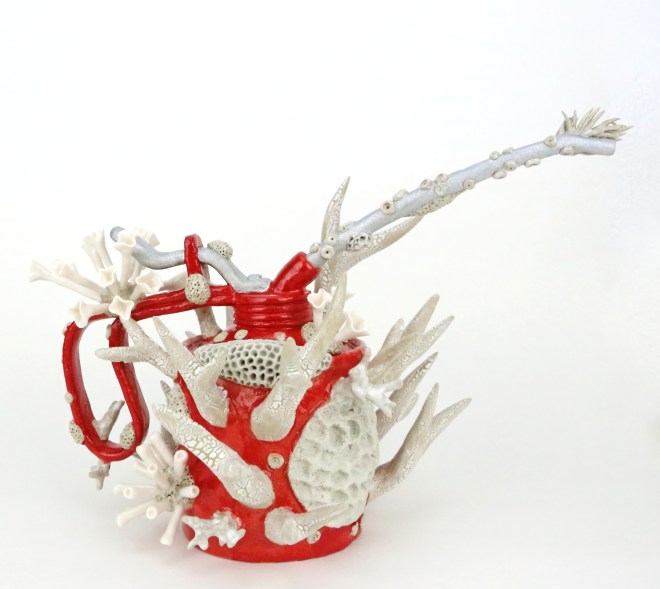
Courtney Mattison
Q. So you’re based in Colorado, which is landlocked, but your work is all about the oceans. Where do you find inspiration?
A. Yeah, I have to make special plans. Luckily, I get some opportunities. I got really cheap tickets to Australia to see the Great Barrier Reef, so I’m going there. It’s sad, but it’s my goal to see the most healthy coral reefs I can — before they’re gone.
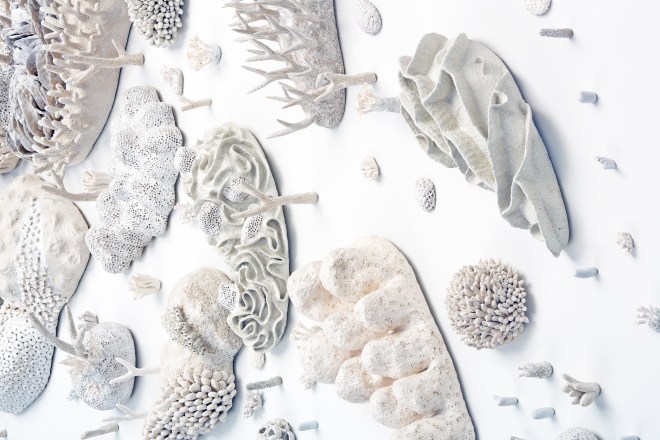
Courtney Mattison
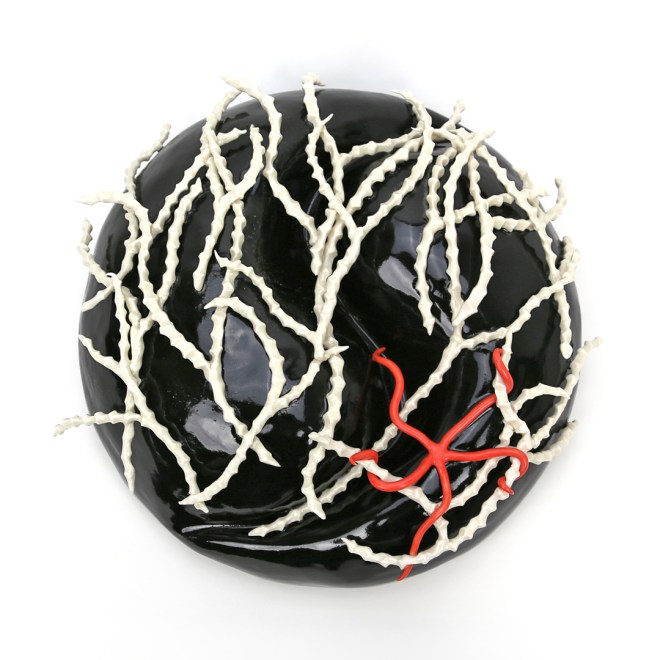
Courtney Mattison

Courtney Mattison

